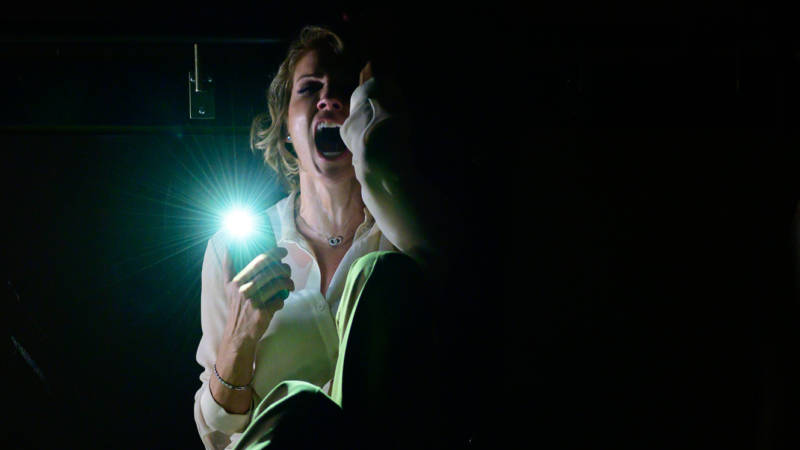How mainstream is horror today? Frighteningly mainstream. Let’s just look at some of the biggest smash hits recently on television and streaming video: Shows like Stranger Things, American Horror Story and The Walking Dead all fit into to this once-maligned genre.
To feed this hunger for horror, AMC—the channel behind The Walking Dead—decided to create a dedicated streaming service called Shudder, featuring horror movies, shows, even documentaries. Craig Engler is the general manager for Shudder, and he says the service is taking off because horror has lots of fans, it’s a bargain to make, and more people like it than they realize. “People think horror is just the Halloween movies, or Friday the 13th,” he says. And you will find those classics on Shudder—but also original programming like the wildly successful series Creepshow, inspired by the stories of Stephen King.
Had AMC put Creepshow on cable, it would’ve doubtless attracted thousands, if not millions, more eyeballs, but the idea was to lure viewers into the next evolution of media. Audiences are gravitating away from old-fashioned cable channels and towards streaming video—that’s why Disney, HBO, Apple and every other massive media company on the planet is adding or expanding streaming services right now. Over the past few years, AMC has launched several streaming services—including Shudder.
“One of the intentions with Creepshow was to draw people to Shudder,” says Greg Nicotero, the executive producer of both Creepshow and The Walking Dead. Luring horror fans with a familiar and beloved Stephen King property was the first step, he says, towards convincing them to stick around for thousands of hours of smart, interestingly curated horror, ranging from an Indonesian box office hit called Satan’s Slaves (“It was so crazy good, and I loved it so much!” he says) to a feminist rape-revenge movie by French filmmaker Coralie Fargeat called, well, Revenge.

9(MDAxOTAwOTE4MDEyMTkxMDAzNjczZDljZA004))

